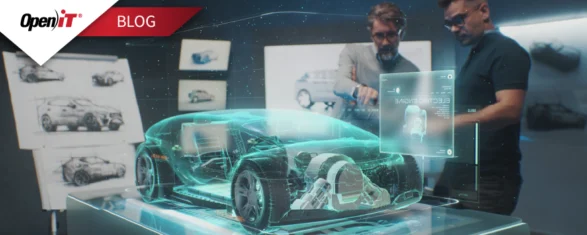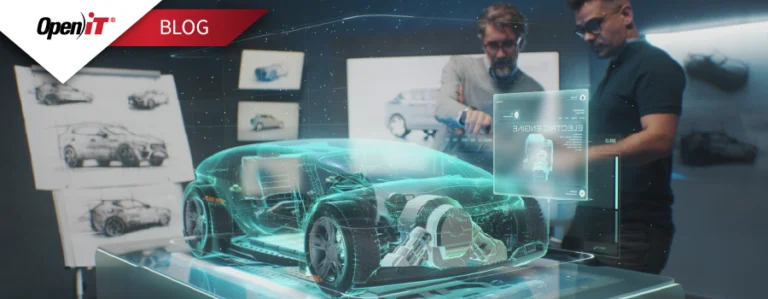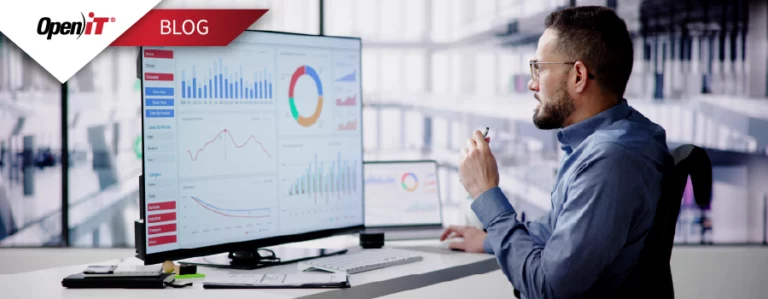3 Keys to a Successful Vendor Negotiation
Anyone who deals with multi-million-dollar negotiations with software vendors knows that preparation starts long before the license agreements are set for renewal.
Without the proper information on actual business requirements, companies would leave themselves vulnerable to over-purchasing or spending on unnecessary products and services.
Therefore, having the right information prior to, and using it properly during negotiations is crucial.
But what critical information do negotiators need?
And how do they get them?
True Usage
One of the most important information that negotiators need is the number of licenses that they would need to purchase for each application or package.
However, simply asking each department how many licenses they would need, and subsequently adding up the numbers they provide, is the most ineffective way of obtaining this information because the tendency of each department is to over-estimate their actual needs, thus resulting to a total that is so much more than the actual need for the entire company.
This information is best obtained through software usage metering.
Find out the true active usage for the entire company and break it down per department.
See the maximum number of licenses that are concurrently in use and consider if the company can operate efficiently with fewer licenses.
Go further by forecasting the growth (or decline) of license usage in the next few months using historical usage data.
Predict whether the company would need additional licenses or if it could still operate efficiently with the same number, or maybe even fewer.
User Categories
Vendors often package certain features and applications together and provide only one license for the entire package.
Unfortunately, some users only use one or two of those features, and thus the license ends up being used inefficiently.
It would be highly advantageous for the company to put users in different categories depending on their software usage and the license types that would best suit each of them.
For instance, if User A is solely using App 1 and App 2 during his entire work hours, it may be better to just get him named-user licenses for those specific applications.
If Users B and C use features mostly from Package 1, then count them in that category. And if Users D, E, and F use features from both Package 1 and Package 2, then count them in those categories.
By accurately categorizing users to appropriate license types, the company would be able to maximize their software investments.
License Types
Vendors offer a plethora of licensing methods and agreements, which could cause quite a headache for many software managers.
However, with the right tools, companies could actually take advantage of these different offers.
Oftentimes, companies would choose to purchase just one type of agreement to make things as simple for them as possible.
But simple does not always mean efficient. Sometimes, finding the right mix of LAN, WAN, and named-user license agreements could prove to be the most cost-effective for a company.
It would be a great help to be able to simulate various combinations of these different license agreements and see what would best fit the company’s specific requirements.
Getting the Necessary Information
All the above critical information and more starts with collecting usage data for Successful Vendor Negotiation.
With proper data processing, analysis, and presentation, raw usage data can be turned into the most effective software negotiation tool.
Learn more about Open iT solutions and services that can help you successfully negotiate your software license agreements. Let us guide you through your software asset management and optimization journey.






